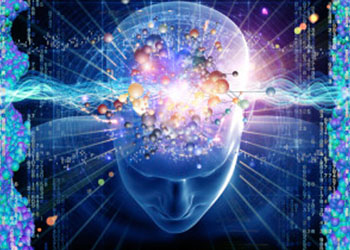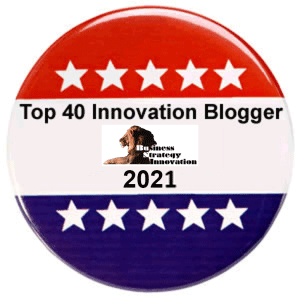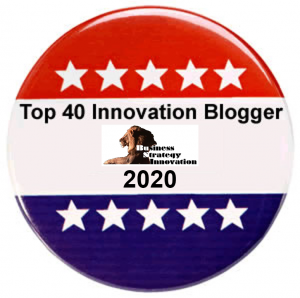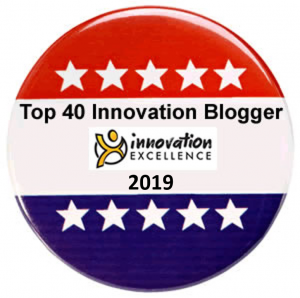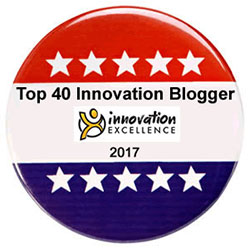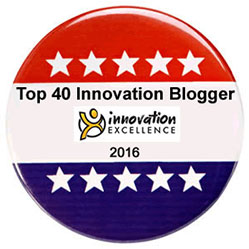In a recent Fast Company article ‘Why Millennials Don’t Want to Buy Stuff’ the author states that “Humanity is experiencing an evolution in consciousness. We are starting to think differently about what it means to ‘own’ something.” Suggesting that technology is facilitating this evolution and new generations are championing it “the big push behind it all, is that our thinking is changing.”
So might our thinking be changing, from what and to what, what is driving this supposed evolutionary shift and what can we do to align innovation to it?
In our interconnected world, we can find practically anything we want, at any time, through the “unending flea market of the internet”. This is altering the balance between supply and demand and overwhelming us with choices – our concept of value and our motivations for purchasing are constantly shifting. Causing us to not only redefine what value means in the eyes of the user, but to also to find new ways of connecting people as to how innovative products or services can;
– Make their lives better.
– Connect them to a broader community.
– Connect them to something bigger than themselves.
If this is how the Millennials as the ‘innovators’ in the product life-cycle are thinking we could consider how this same consciousness applies to innovation in the corporate context. Where innovation is about inventing and creating new ways of identifying, re-framing and solving problems; wicked, corporate, customer and users in ways that people value or cherish.
– To attract users to a new product or service, and motivate them to buy something that may make their lives better we need to think differently about innovation and the concept of value.
– To create new ways of connecting them to a broader community or to something larger than themselves we need to also know how to connect to something larger than ourselves.
Doing this also enables us explore new ways of igniting people’s motivations for purchase and requires;
• A sharp deviation from conventional thinking; planning and development processes for new products and services that create the real value those users are seeking.
• A major disruption to how we see, attend to, connect with the whole to generate creative solutions that solve our users, and society’s most inherent and wicked problems.
Suggesting that perhaps the first key step is to work on attending to, and evolving our own consciousness; because to solve a problem we need to shift from the same consciousness that created it.
To shift our consciousness, we first need to be aware of it, pay deep attention to it to shift our blind spots.
A first key step is to know how to see the world in new ways. Developed by Otto Scharmer and described in his book ‘Theory U’ he states that “What we pay attention to and how we pay attention – both individually and collectively” – is key to what we create. What often prevents us from “attending” is what Scharmer calls our “blind spot,” the inner place from which each of us operates. Learning to be present to, and become aware of our blind spots is critical to bringing forth the profound systemic and innovative changes so needed in business and society today.
To generate discovery, we need know how to prototype, verify and manifest the new.
A next key step is to know how to generate discovery, that facilitates leading and coaching innovation. Joseph Jaworksi, in his book ‘Source’ describes the generative discovery process as a way of
(1) being open to alternate and differing world views;
(2) operating from the stance of human possibility;
and (3) tapping into the generative order of the universe, the field of active information – the Source.
He outlines seven core practices;
• Preparation: undertaking a disciplined path of inner self management.
• Igniting passionate purpose: defining your own unique necessity, for an innovative solution to a clearly defined problem, with the personal foreknowledge that the solution exists in the realm of human possibility.
• Observing and immersing: Seeing reality with fresh eyes, suspending judgment and immersing oneself in the whole system.
• Letting go: Releasing old mental models, mindsets and world views that will not serve your own innovation intention and process, beginning a period of incubation.
• Indwelling and illumination: Living in the undertaking, surrendering oneself to the work, retreating and reflecting, being in nature as a portal and receiving illumination – the perception of a new reality, discovering the hidden solution.
• Crystallizing and Prototyping: Transforming the business problem into an innovative prototype that people will value and cherish.
• Testing and Verifying: Transforming the new knowledge into useable products, services and strategies.
Imagine if we could encourage organizations to invest in evolving and shifting their consciousness? To disrupt their habitual short term ‘stimulus-response’ ways of operating to seriously connect and collaborate with, and redefine what value really means in the eyes of current and future users?
To find new ways of connecting people as to how their products or services could really make their lives better, connect them to a broader community and to something bigger than themselves?
Wouldn’t the world be a better place for it?
At ImagineNation™ we provide innovation and leadership coaching, education and culture consulting to help businesses achieve their innovation goals. Because we have done most of the learning and actioning of new hybrid mindsets, behaviors and skill-sets already, we can help your businesses also do this by opening people up to their innovation potential.
Contact us now at janet@imaginenation.com.au to find out how we can partner with you to learn, adapt and grow your business in the digital age.
